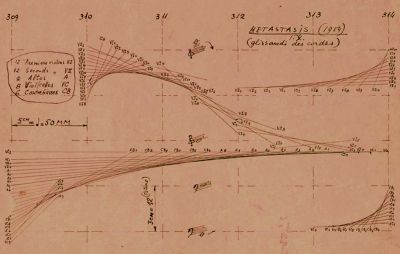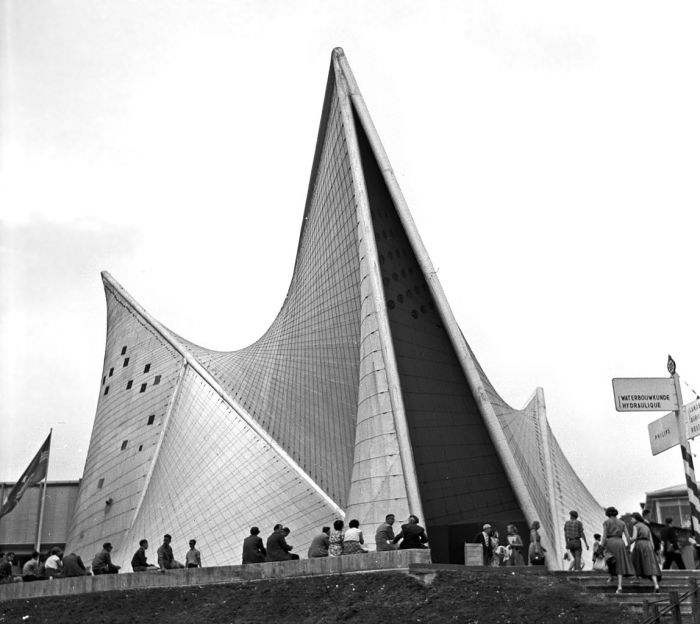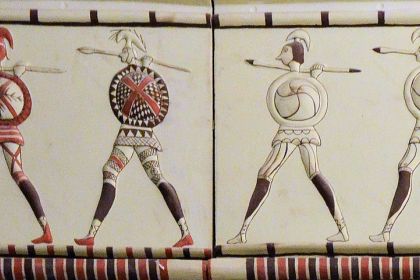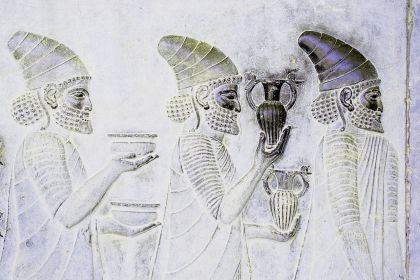ORCHESTRA
The symbiosis of music and architecture in mathematical glissandi by Iannis Xenakis

Metastaseis by Iannis Xenakis
Music Period: 20st Century Classical
The rapid growth of technology in the 20th century led to the beginning of a new era in the music industry when the invention of the radio and recording technology made music accessible to every inhabitant of the planet. However, it was the nature of music itself that has undergone the most radical changes in its entire recorded history, revealing to the world a whole array of new trends that can be succinctly described as modernism and avant-garde.
At the time, it seemed to many that the composer methods of the past had exhausted their possibilities and could no longer express the new aesthetics of intense modernization of the music world. Although the stronghold of new methods in composition was the so-called Second Viennese School, which introduced a concept known as atonal music, some composers independently presented innovative ideas that linked music with mathematics, probability theory, and even architecture.
Iannis Xenakis was a Franco-Greek architect and music theorist whose compositional methods as well as studies of the nature of sound remained largely unnoticed by music listeners and the avant-garde community itself. As an engineer and composer, Xenakis tried to explore the mathematical structure of harmony by creating music for pre-existing spaces and designing spaces to be integrated with specific music compositions and performances.
One of the most striking examples of his architect and music symbiosis was a World's Fair pavilion сommissioned by electronics manufacturer Philips to house a multimedia spectacle that celebrated postwar technological progress. The reinforced concrete pavilion was a cluster of nine hyperbolic paraboloids in which music by Iannis Xenakis and Edgar Varèse was reproduced through 400 speakers spatialized into walls.
Philips Pavilion at Expo 58 designed by Iannis Xenakis:


The pavilion was designed by Xenakis as a tie-in with his own orchestral composition Metastaseis written in the early 1950s. Orchestrated for 61 instruments, the piece opens with a unison of strings which subsequently splits up into 47 separate parts.
Strictly speaking, Metastaseis contains no duplicating parts at all and was written using a sound mass technique in which each player is responsible for completing their glissando at different pitch levels and times.
Listen to Metastaseis performed by Luxembourg Philharmonic Orchestra:
It is curious that in order to create music, Xenakis used a regular musical staff and a graph paper as a means to organize time and calculate parameters for glissandos. He also became one of the first composers to use program code to create music—the early computer program was published in his 1963 book Formalized Music: Thought and Mathematics in Composition.




Xenakis may be overlooked now, but that was not always the case. He was very well known in music circles when i was studying music in the 1970s. I still have LP's of a number of his orchestral works. I believe he also incorporated ideas of Boyle's Law of Gases into his work.
I've tried again and again with the music of Xenakis. It may be very clever, but I can't keep listening to it.
https://youtu.be/Ho452dlRTaU
It’s his electronic music that I like most of all, as in this his first electroacoustic composition (1957/58).